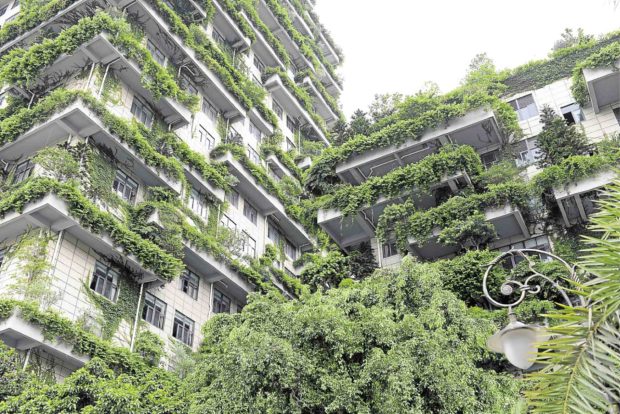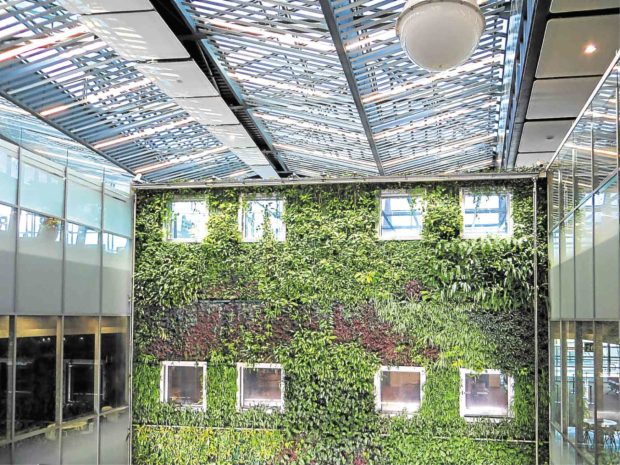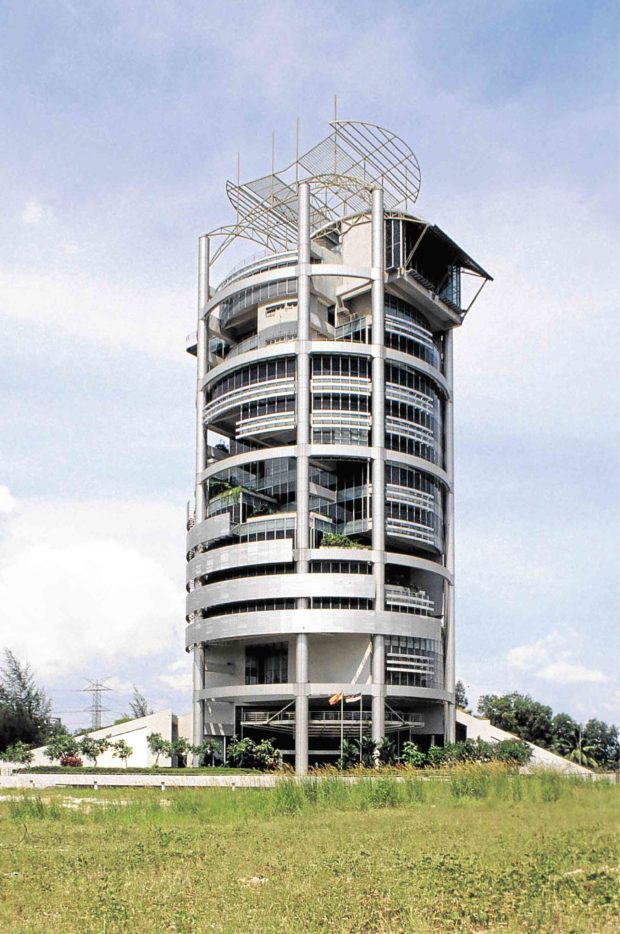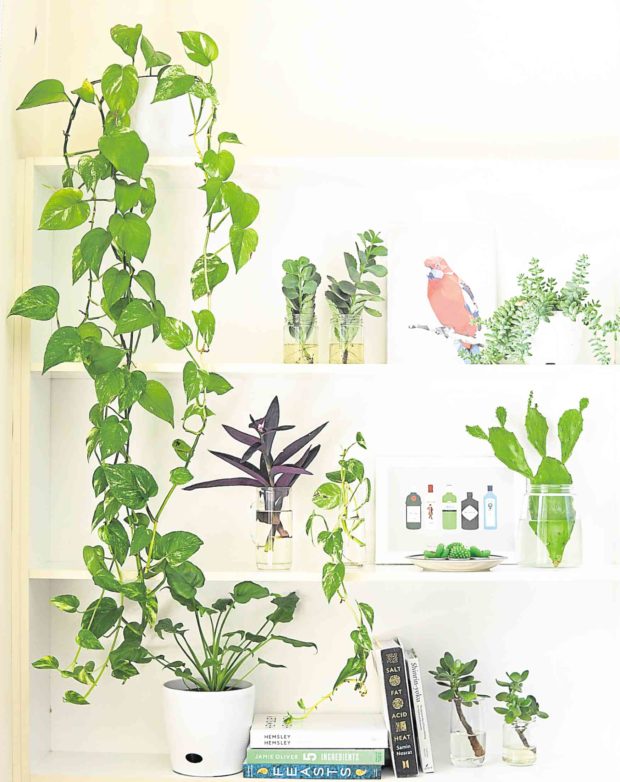Why Green Spaces and Parks Matter
If you take a walk through some of Metro Manila’s streets, you’ll rarely encounter a tree or plant naturally growing on the ground.
Due to the continuous rise of population in the metro, only a few patches of vegetation are left untouched by soaring developments and concrete pavements. This decline in plant life has turned our cities into one the hottest places in our country today. The air is suffering from the effects of urban heat and pollution, and many of us are falling sick because of it.
To combat this detrimental environment, developers nowadays include landscaping in modern structures. If you visit some of the newest offices and condominiums built in Metro Manila, many of these feature green walls and sky gardens.
Beyond aesthetics, these elements slowly bring back Mother Nature into our cities. More often than not, however, these features do not come cheap. Are they really worth the investment in the long run?
Vertical forests
Perhaps, one of the best examples of buildings with significant landscaping is the Bosco Verticale in Milan, Italy. Composed of two towers filled with lush vegetation, the structures were designed by the Italian architectural firm Boeri Studio led by Stefano Boeri. This formed part of an effort to rehabilitate a historic part of the city. The buildings were designed to house some 400 condominium units.
Beyond its human inhabitants, however, Bosco Verticale also served as home to a rich population of faura. Within its walls, 900 trees, 5,000 shrubs and 11,000 floral plants were cultivated to counter the carbon footprints of the project. While the project was met with doubts during its planning stage, today it is safe to say that the city has started to reap the benefits of the green structure.
The plants within the building served as a natural cooling system. They improved the internal temperature of the residences, making the place more comfortable for its residents. The rich vegetation also brought back the animals in the city. Many birds and insects made the Bosco Verticale their home, turning the condominium into a natural habitat.
The plants provided natural shading and acoustic buffers to the condominium units. Residents of the building were gifted with an increased protection of their privacy as the plants grew over time. Lastly, the building became a giant filter of the dust and particles that circulated the city. It brought benefits not only to its immediate users, but also to the whole of Milan as time progressed.
The power of plants
Simple as it may seem, cultivating plants in high-rise structures provide numerous benefits. Milan’s experience with Bosco Verticale showed the environmental effects of vegetation. But apart from these advantages plants can also affect social well-being and overall health.
If your home has immediate access to gardens and parks, you will be more inclined to exercise and spend time outdoors. Exposure to these natural elements improves your overall mood and provides you a break from the stresses of modern living.
Time spent outdoors allows you to meet other people and build friendships. Parks and gardens have become venues for group gatherings and community activities. Therefore, living in a place near parks and gardens can help improve your social relations as well.
Overall, plants can bring in more benefits than disadvantages to the community. While many cities nowadays lack enough space to provide trees and landscaping on the ground, high-rise buildings are becoming an alternative way of expanding our natural environment.
Going green
Now that the effectiveness of plants have been established, is it time for you to move to a building with numerous gardens and green roof decks? While the ideal answer is yes, in reality that is not always possible. But even if you work or live in a traditional building, there are many ways you can enrich your surroundings with plants.
You can grow some herbs in the balcony or cultivate potted plants by the window. You can practice hydroponics, or plant cultivation using water and artificial soil. You can also encourage your building association to install ecology billboards to help the environment while raking in some revenues.
While vegetation produces great benefits in buildings, it does not always require expensive technology or complicated systems. Taking care of plants is perhaps the simplest way you can turn your high-rise home into a healthier environment. By bringing nature back to your home, you can reap the best of both country and city living. Green spaces can indeed transform your life for the better and it can improve our society for future generations.
Sources:
https://urnabios.com; NGKL via Aga Khan Award for Architecture; Elle Hughes, Magda Ehlers via pexels.com; Chang2016 via pixabay.com; Marco Sala via Wikimedia commons




